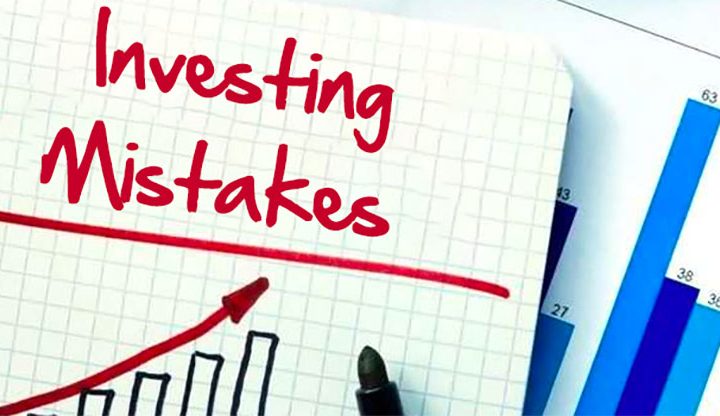The following are some typical errors that you may be making with your portfolio and what you ought to think about instead:
- Investing all of your money at once or timing the market
If you want to invest a certain amount of money, think about dollar-cost averaging rather than investing the entire amount at once. Spread out the investment over several months if you have the time.
It is impossible to time the market precisely. Instead of sitting there fretting about whether the timing is correct, the important thing is to get your money to work.
- Lack of Adequate Global Exposure
For younger investors, or those who have the time to weather some of the turbulence that may accompany foreign investment, international diversification is especially crucial.
Benz advises that your portfolio should reflect the worldwide market-cap ratio of US and non-US enterprises. It would make sense to allocate approximately 35% of your equity portfolio to foreign firms, as non-US companies account for approximately 35% of the global market capitalisation.
- Excessive Risk Taking Close to Retirement
You should consider derisking if you have an all-equity portfolio and are above 50. Think about progressively increasing the proportion of safer assets in your portfolio, such as cash and bonds. It’s crucial to take precautions to safeguard your assets, particularly since most people quit their jobs sooner than they anticipate.
- Making an effort to forecast interest rates
Because they are the strongest hedge against a stock market selloff, Benz advises assembling a portfolio mostly composed of premium bonds. However, she warns that because long-term bonds are susceptible to changes in interest rates, they frequently behave similarly to stocks in terms of volatility. You can continue investing in short- and intermediate-term bonds of superior quality and stop there.
- Inadequate Protection Against Inflation
Investing in equities, which have a strong history of outperforming inflation over extended periods, is an easy approach to protect yourself from inflation. You probably don’t need to take any action to protect your portfolio from inflation if you have lots of time till retirement.
It might be a good idea to include some inflation protection if you have fixed-income investments. Think about I bonds, or Treasury Inflation-Protected Securities. For retirees who depend on their investments for income, inflation protection is especially crucial.
How to Steer Clear of Typical Portfolio Errors
Making smarter judgements for your portfolio will be made easier if you are aware of these typical errors. Instead, you can do the following:
- Use dollar-cost averaging to get your money to work
- Add non-US stocks to your portfolio
- Protect your money as you get closer to needing it
- Stick with high-quality short- and intermediate-term bonds
- Add inflation protection if you have a fixed-income portfolio




